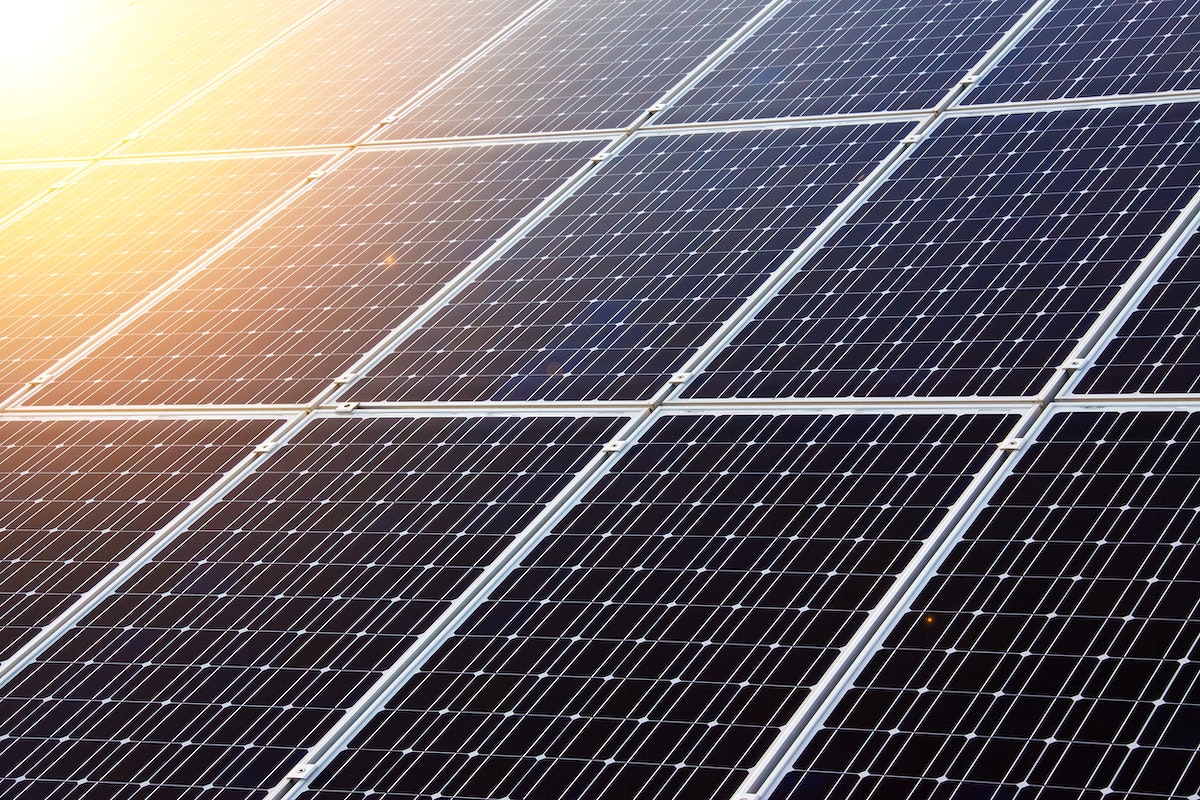Puerto Rico has been struggling with its electrical grid for years, and the devastation caused by Hurricane Maria in 2017 brought the issue to the forefront. The outdated and vulnerable grid was severely damaged by the hurricane, leaving millions without power for months. However, $1 billion in new federal funding for Puerto Rico’s electrical grid provides an opportunity not only to rebuild the grid but also to support the integration of renewable energy sources.
The new funds from the Department of Energy could be used to modernize the existing grid, making it more resilient and able to handle extreme weather conditions. This could involve upgrading transmission and distribution infrastructure, such as poles, wires, and transformers, as well as improving the grid’s communication and control systems. These improvements would leave the grid better equipped to handle future hurricanes and other natural disasters, reducing the likelihood of prolonged power outages.
Renewable energy
However, Puerto Rico has made a commitment to work toward renewable energy. The goal is to use 100% renewable energy by 2050 — but in 2020, only 3% of the electricity used in Puerto Rico was from renewable sources.
The rest came from fossil fuels which must be shipped to the Island. 43% came from natural gas and 37% was produced with oil. Puerto Rico used 1.4 million tons of coal at its one coal-powered electrical plant in 2021. This mix of sources of power makes the cost of electricity in Puerto Rico higher than in any of the states except Hawaii.
And in addition to being expensive and bad for the environment, the electrical grid is also unreliable. Blackouts are common. It is not possible to continue with the current infrastructure; big changes will be required to have a fully-functioning energy infrastructure. Since either way investment must be made, it is reasonable to invest in renewable energy instead of throwing good money after bad with the current reliance on fossil fuels.
The new funding could be used to support the development of renewable energy projects on the island. Puerto Rico has abundant natural resources, including sunshine and wind, which make it an ideal location for renewable energy. Investing in renewable energy infrastructure would not only reduce the island’s dependence on imported fossil fuels, which are expensive and subject to price volatility, but also help to mitigate the effects of climate change by reducing greenhouse gas emissions.
Rooftop solar
One way to support renewable energy development in Puerto Rico is by providing incentives for the installation of rooftop solar panels. Solar energy is one of the most viable renewable energy options for the island, as it is abundant and can be installed on individual homes and businesses. By incentivizing the installation of solar panels, the funding could help to create a distributed energy system, in which power is generated and consumed locally, reducing the strain on the grid and increasing energy independence.
Plaza Loíza, a San Juan-based grocery chain, has already made a commitment to install solar panels on the roofs of its eight stores. The first installation will be a 520 kilowatt system. They expect to produce 500 megawatts when all the installations are complete.
Larger projects
Another way to support renewable energy development is by investing in large-scale wind and solar projects. These projects could be developed in partnership with private companies, using a public-private partnership (PPP) model. The federal funding could be used to provide initial capital for these projects, which could then be operated by private companies. The projects could also be developed in coordination with local communities, ensuring that they are developed in a way that is equitable and benefits the island’s residents.
The Department of Energy began this process by publishing a Request for Information asking community stakeholders to provide their thoughts on the needs and priorities of local community members. The department intends to use this feedback to identify the best choices in technology and logistics for spending the federal funds.
A long-term solution?
Puerto Rico appreciates the federal funds committed. The Department of Energy says that they expect to allocate funds to specific projects by the end of the year, and this could make an enormous difference in daily life and in economic potential for Puerto Rico.
However, as long as Puerto Rico is a territory of the United States, a future Congress can change the allocations and fail to provide the funding needed to complete and sustain the projects currently being envisioned.
As a state, Puerto Rico would have more political and economic power to advocate for policies and funding to support its energy goals. Additionally, it would have access to federal programs and incentives that are currently unavailable to it as a territory.
In addition, statehood could help to attract private investment in renewable energy projects in Puerto Rico. As a state, Puerto Rico would have a more stable political and economic environment, which could make it more attractive to private investors. This could lead to increased investment in renewable energy projects, which would help to promote the development of a sustainable energy system on the island.








No responses yet